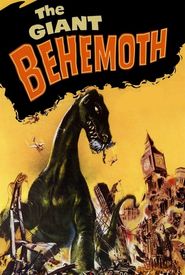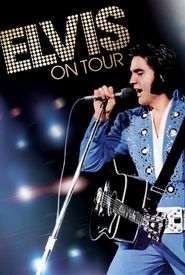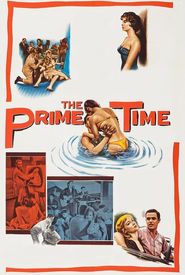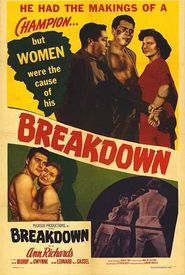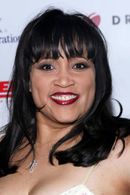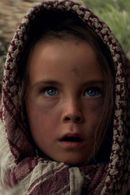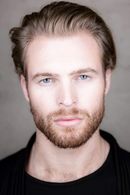One of the most innovative and pioneering figures in the realm of Digital Computer Graphics and Visual Effects, Robert Abel's work had a profound impact on the industry. From the early 1970s to the mid-1980s, his studio, Robert Abel & Associates (RA&A),consistently pushed the boundaries of what was thought possible in visual effects.
Based in Hollywood, RA&A focused primarily on television advertising, a field that was relatively unexplored at the time. During this period, the studio created an impressive 33 Clio Award-winning commercials, including the iconic 7Up "Uncola" spots and the groundbreaking CG "Sexy Robot." This body of work, as recognized by the Museum of Modern Art in New York, "changed television forever."
Abel's passion for computer graphics began during his undergraduate studies at UCLA, where he was mentored by the renowned computer graphics pioneer, John Whitney Sr. Working with an analog computer strapped to a camera, Abel stumbled upon a unique visual effect that would later become known as the "slit scan" technique. This innovative approach was later featured in the film 2001: A Space Odyssey (1968),and Abel's friend Con Pederson, who developed the technique in the film's famous "stargate" sequence, would go on to become Abel's first business partner.
Before establishing RA&A in 1971, Abel had already gained recognition as an Emmy Award-winning documentary filmmaker, with credits including Making of the President 1968 (1969) and Joe Cocker: Mad Dogs & Englishmen (1971). The studio's first major project was the Whirlpool "streak" logo, which opened the door to assignments in TV graphics, commercials, and films.
Over the years, RA&A became a hub for some of the most talented visual effects experts in the industry, including Richard Taylor, Richard Edlund, Richard E. Hollander, Robert Legato, Mark Stetson, and John Hughes.

